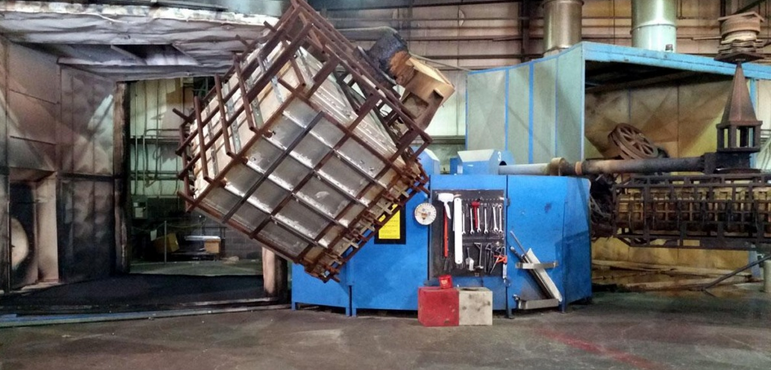Rotational molding or Rotomolding is actually a approach accustomed to manufacture hollow plastic goods. One of several crucial sides of Rotational Molding is deciding on a fabric. The fabric variety approach is vital to last item high quality, mainly because it affects the energy, durability, effectiveness against wear and tear, and overall appearance of your merchandise. This short article will explore the different kinds of Rotomolding materials, their positive aspects, negatives, and considerations for choosing the right supplies to your task.
Polyethylene (PE)
Polyethylene is quite possibly the most popular Rotomolding materials. It comes in differing types, including low-denseness polyethylene (LDPE), linear low-solidity polyethylene (LLDPE), and medium-density polyethylene (MDPE). The main advantage of polyethylene is its energy and suppleness, rendering it a versatile materials. It is additionally light-weight, easy to mold, and contains a high effectiveness against chemical substances and weather. Its principal disadvantage is that it is not really ideal for great-temp applications.
Nylon (PA)
Nylon is an additional well-known substance for Rotomolding programs. It is actually strong, long lasting, and has an increased effectiveness against abrasion, damage, and pierce. It also has excellent substance as well as heat amount of resistance components, which makes it a good substance for top-temperatures conditions. Among the downsides of nylon material is that it is not as easy to mold as polyethylene. Nylon material can also be more expensive than PE.
Polyvinyl chloride (PVC)
Polyvinyl chloride can be a widely used polymer, because of its chemical substance opposition, sturdiness, and adaptability. It is actually a versatile fabric that is certainly widely used in producing pipes, fittings, along with other programs which require durability, toughness, and potential to deal with affect. The downside of PVC is it will not be appropriate for higher-temp environments and can be tough to mildew than PE.
Polycarbonate (PC)
Polycarbonate is a well-known material for Rotomolding apps which require toughness and quality. It features a high impact resistance, so that it is suited to products that call for a advanced level of safety and safety. Polycarbonate even offers excellent chemical substance as well as heat level of resistance and might stand up to severe conditions. Its main problem is that it is not really as simple to mildew as PE, and is particularly higher priced.
Acrylonitrile-butadiene-styrene (Stomach muscles)
ABS is really a thermoplastic polymer that is popular in Rotomolding. This is a light, solid, and sturdy materials containing outstanding effectiveness against wear and tear, affect, and chemical substances. Additionally, it has substantial dimensional stableness and can hold up against high and low temps. The downside of Stomach muscles is that it can be harder to mildew than PE which is higher priced.
Considerations for Choosing Rotomolding Resources
Selecting the best materials for your Rotomolding undertaking involves considering a number of elements, including the physical qualities from the substance, the planned utilization of the merchandise, along with the cost. The main bodily components to consider are power, versatility, chemical opposition, and resistance to UV rays. Other considerations range from the color of the information, the thickness of your product, as well as the structure.
In a nutshell:
In Simply speaking, picking the right substance to your Rotomolding venture is critical in your product’s final quality. There are many different kinds of supplies to pick from, every single with pros and cons. It is essential to consider variables like strength, durability, flexibility, substance resistance, and expense when selecting a substance. By checking these variables very carefully, it is possible to select the right material for your venture, creating a higher-quality item that meets your unique demands.
